Alfa Romeo Giulia vs Dacia Jogger – Performance, range & efficiency compared
Both models have their strengths – but which one suits you more?
Compare performance, efficiency, price and space directly: Alfa Romeo Giulia or Dacia Jogger?
Costs and Efficiency:
Price and efficiency are often the first things buyers look at. Here it becomes clear which model has the long-term edge – whether at the pump, the plug, or in purchase price.
Dacia Jogger has a clearly advantage in terms of price – it starts at 15400 £, while the Alfa Romeo Giulia costs 48000 £. That’s a price difference of around 32580 £.
Fuel consumption also shows a difference: Dacia Jogger manages with 4.70 L and is therefore a bit more efficient than the Alfa Romeo Giulia with 5.40 L. The difference is about 0.70 L per 100 km.
Engine and Performance:
Power, torque and acceleration say a lot about how a car feels on the road. This is where you see which model delivers more driving dynamics.
When it comes to engine power, the Alfa Romeo Giulia has a noticeable edge – offering 210 HP compared to 140 HP. That’s roughly 70 HP more horsepower.
In acceleration from 0 to 100 km/h, the Alfa Romeo Giulia is significantly quicker – completing the sprint in 6.80 s, while the Dacia Jogger takes 9.80 s. That’s about 3 s faster.
In terms of top speed, the Alfa Romeo Giulia performs noticeable better – reaching 235 km/h, while the Dacia Jogger tops out at 174 km/h. The difference is around 61 km/h.
There’s also a difference in torque: Alfa Romeo Giulia pulls clearly stronger with 470 Nm compared to 200 Nm. That’s about 270 Nm difference.
Space and Everyday Use:
Whether family car or daily driver – which one offers more room, flexibility and comfort?
Seats: Dacia Jogger offers clearly perceptible more seating capacity – 7 vs 5.
In curb weight, Dacia Jogger is clearly perceptible lighter – 1251 kg compared to 1640 kg. The difference is around 389 kg.
In terms of boot space, the Dacia Jogger offers clearly perceptible more room – 607 L compared to 480 L. That’s a difference of about 127 L.
When it comes to payload, Dacia Jogger minimal takes the win – 582 kg compared to 535 kg. That’s a difference of about 47 kg.
Who comes out on top?
Overall, the Dacia Jogger shows itself to be wins the duel decisively and secures the title of DriveDuel Champion.
It convinces with the more balanced overall package and proves to be the more versatile choice for everyday use.
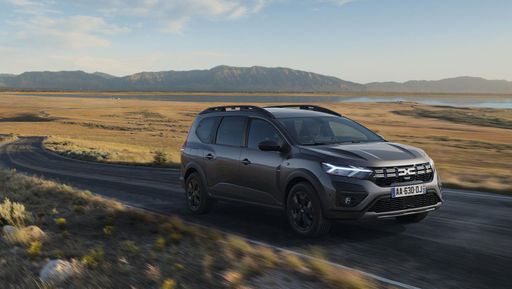 @ Dacia / Renault Group Media
@ Dacia / Renault Group Media
Dacia Jogger
Alfa Romeo Giulia
The Alfa Romeo Giulia captivates with its stunning Italian design and dynamic performance, representing a perfect blend of elegance and sportiness. Its engaging driving experience, characterised by precise handling and responsive steering, appeals to enthusiasts who crave the thrill of the road. Inside, the Giulia showcases a beautifully crafted interior that combines luxury with cutting-edge technology, making every journey a delight.
details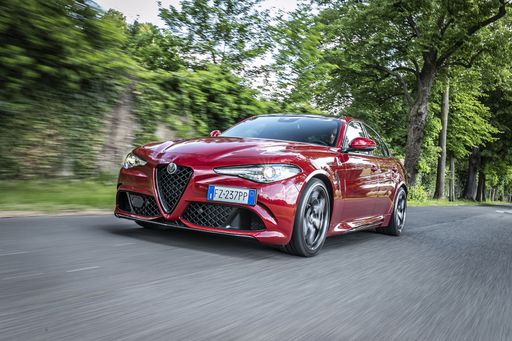 @ Alfa Romeo / Stellantis Media
@ Alfa Romeo / Stellantis Media
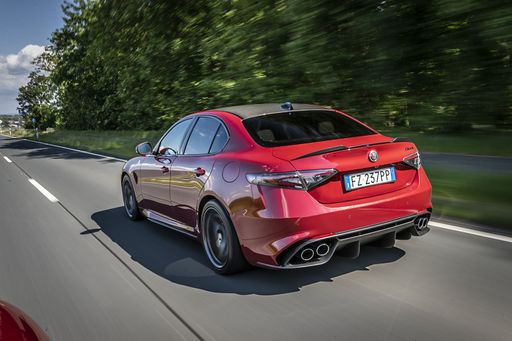 @ Alfa Romeo / Stellantis Media
@ Alfa Romeo / Stellantis Media
 @ Alfa Romeo / Stellantis Media
@ Alfa Romeo / Stellantis Media
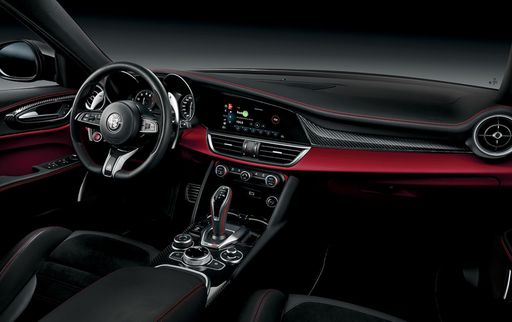 @ Alfa Romeo / Stellantis Media
@ Alfa Romeo / Stellantis Media
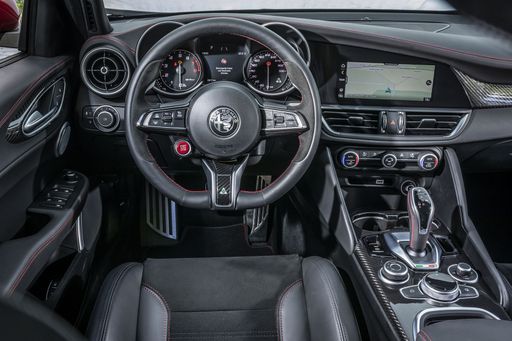 @ Alfa Romeo / Stellantis Media
@ Alfa Romeo / Stellantis Media
Dacia Jogger
The Dacia Jogger offers a spacious and versatile interior, making it an excellent choice for families seeking practicality and comfort. Its design combines the robustness of an SUV with the functionality of an estate, providing a reliable option for various driving needs. With a focus on affordability, the Jogger ensures that essential features are accessible without compromising on quality.
details @ Dacia / Renault Group Media
@ Dacia / Renault Group Media
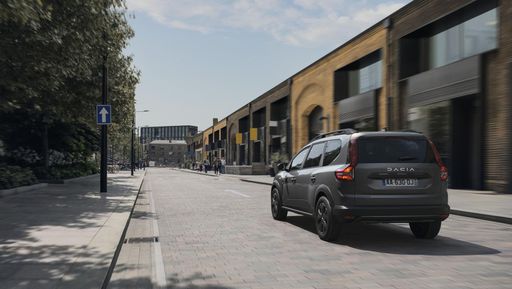 @ Dacia / Renault Group Media
@ Dacia / Renault Group Media
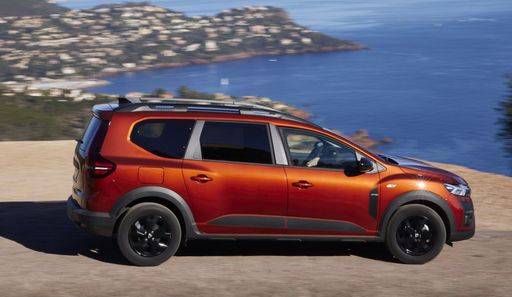 @ Dacia / Renault Group Media
@ Dacia / Renault Group Media
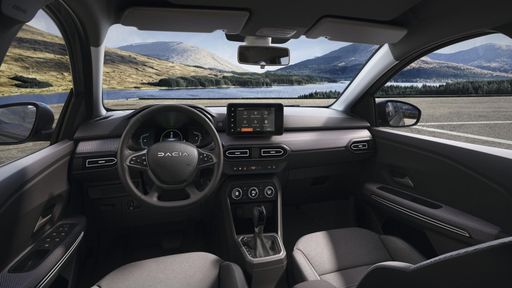 @ Dacia / Renault Group Media
@ Dacia / Renault Group Media
 @ Alfa Romeo / Stellantis Media
@ Alfa Romeo / Stellantis Media
|
 @ Dacia / Renault Group Media
@ Dacia / Renault Group Media
|
|
|
|
Costs and Consumption |
|
|---|---|
|
Price
48000 - 57000 £
|
Price
15400 - 23400 £
|
|
Consumption L/100km
5.40 L
|
Consumption L/100km
4.7 - 7.8 L
|
|
Consumption kWh/100km
-
|
Consumption kWh/100km
-
|
|
Electric Range
-
|
Electric Range
-
|
|
Battery Capacity
-
|
Battery Capacity
0.60 kWh
|
|
co2
141 g/km
|
co2
105 - 137 g/km
|
|
Fuel tank capacity
58 L
|
Fuel tank capacity
40 - 50 L
|
Dimensions and Body |
|
|---|---|
|
Body Type
Sedan
|
Body Type
MPV
|
|
Seats
5
|
Seats
5 - 7
|
|
Doors
4
|
Doors
5
|
|
Curb weight
1640 kg
|
Curb weight
1251 - 1460 kg
|
|
Trunk capacity
480 L
|
Trunk capacity
160 - 607 L
|
|
Length
4650 mm
|
Length
4547 mm
|
|
Width
1860 mm
|
Width
1784 mm
|
|
Height
1438 mm
|
Height
1674 mm
|
|
Max trunk capacity
-
|
Max trunk capacity
1807 - 1819 L
|
|
Payload
535 kg
|
Payload
393 - 582 kg
|
Engine and Performance |
|
|---|---|
|
Engine Type
Diesel
|
Engine Type
Full Hybrid, LPG, Petrol
|
|
Transmission
Automatic
|
Transmission
Automatic, Manuel
|
|
Transmission Detail
Automatic Gearbox
|
Transmission Detail
Automatic Gearbox, Manual Gearbox
|
|
Drive Type
All-Wheel Drive
|
Drive Type
Front-Wheel Drive
|
|
Power HP
210 HP
|
Power HP
91 - 140 HP
|
|
Acceleration 0-100km/h
6.80 s
|
Acceleration 0-100km/h
9.8 - 13.2 s
|
|
Max Speed
235 km/h
|
Max Speed
167 - 174 km/h
|
|
Torque
470 Nm
|
Torque
160 - 200 Nm
|
|
Number of Cylinders
4
|
Number of Cylinders
3 - 4
|
|
Power kW
154 kW
|
Power kW
67 - 103 kW
|
|
Engine capacity
2143 cm3
|
Engine capacity
999 - 1598 cm3
|
General |
|
|---|---|
|
Model Year
2024 - 2025
|
Model Year
2024 - 2025
|
|
CO2 Efficiency Class
E
|
CO2 Efficiency Class
C, D
|
|
Brand
Alfa Romeo
|
Brand
Dacia
|
Is the Alfa Romeo Giulia offered with different drivetrains?
Available configurations include All-Wheel Drive.
The prices and data displayed are estimates based on German list prices and may vary by country. This information is not legally binding.
